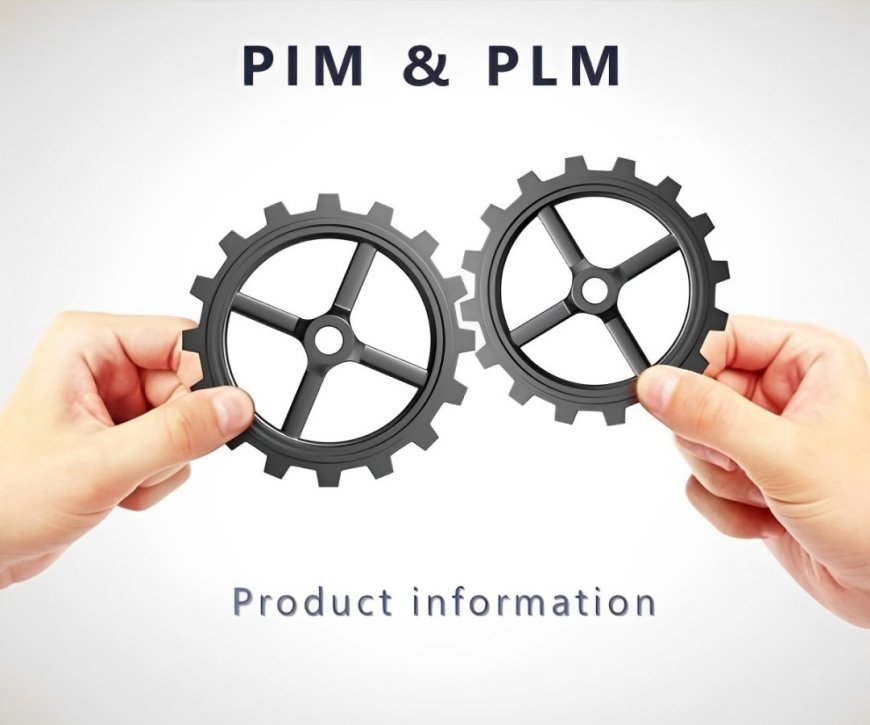The Role of PIM and PLM in Accelerating Time to Market

Businesses face constant pressure to deliver products quickly without sacrificing quality when launching a new product. Time to Market (TTM) is one metric that often determines a launch's success. Simply put, TTM is the period from the conception of a product idea to its availability for sale. This includes various stages: design, engineering, manufacturing, marketing, and distribution. Reducing this timeframe allows businesses to capture customer interest, respond to market demands, and stay relevant in their markets.
But how can companies effectively reduce their Time to Market while ensuring that every product development phase is streamlined? Two powerful tools that help achieve this goal are Product Information Management (PIM) and Product Lifecycle Management (PLM). Each system serves distinct purposes within a company, but together, they create a synergy that accelerates product launches. This article breaks down what these systems are and how they work together to cut down TTM.
What is Product Information Management (PIM)?
At its core, PIM is a system designed to collect, manage, and distribute all product data. This includes product descriptions, images, specifications, pricing, and other important marketing or sales data. Think of PIM as the central hub for all product-related content that marketing and sales teams rely on to promote and sell products effectively.
Core Functions of PIM:
● Centralized product data storage.
● Management of product descriptions, images, and pricing.
● Easy distribution of product information to various channels, such as e-commerce platforms, print catalogs, and marketplaces.
PIM ensures that product data is consistent across all channels for marketing and sales teams. This consistency improves the customer experience, reduces errors, and enables faster marketing campaigns, all of which contribute to a reduced Time to Market. When a business can get accurate product data to customers quickly, it can sell faster.
What is Product Lifecycle Management (PLM)?
Conversely, PLM focuses on the product's entire journey from initial design to product launch . It’s a system that tracks every stage of product development, from engineering and design to manufacturing and even service or end-of-life phases.
Core Functions of PLM:
● Centralized management of product design, development, and engineering data.
● Collaboration tools for cross-functional teams.
● Control over versioning and changes in product specifications.
PLM is vital for engineering and manufacturing teams because it ensures that each department has access to the most up-to-date product information. By connecting design, engineering, and production in one system, PLM reduces errors, minimizes rework, and accelerates the time it takes to get a product ready for market.
Synergies Between PIM and PLM
Although PIM and PLM serve different purposes, they are interconnected. Together, they create a smooth flow of data from the early stages of product development to marketing and sales, ensuring no information is lost or miscommunicated.
Unified Product Data Management
One of the main ways PIM and PLM work together is through unified product data management. PLM solutions manage technical data, such as product design specifications and engineering drawings, while PIM systems handle customer-facing data, like descriptions and images. By connecting these systems, businesses can ensure that the technical data in PLM translates into accurate marketing information in PIM, reducing the risk of errors and speeding up the process of getting the product to market.
Streamlined Collaboration Across Departments
Another benefit of integrating PIM and PLM is improved collaboration. PLM allows engineers and designers to work together on product development, while PIM ensures that marketing and sales teams have the correct information to promote the product. Collaboration becomes more efficient when these systems are aligned and everyone works from the same source of truth, significantly reducing TTM.
For example, once a product design is finalized in PLM, the data can be transferred to PIM for marketing purposes, ensuring that the product's technical and promotional aspects are aligned. This reduces bottlenecks, miscommunications, and delays between departments.
Conclusion
Companies need tools that streamline individual processes and create connections between different teams to bring products to market quickly. Product Information Management and Product Lifecycle Management are tools that, when used together, can dramatically reduce Time to Market. While PLM ensures that the product is developed well with the correct technical specifications, PIM guarantees that the product is marketed accurately and effectively.
By unifying product data management and improving collaboration across departments, businesses can deliver products to customers faster without compromising quality. Understanding and leveraging the strengths of both PIM and PLM is vital for any business aiming to succeed in today’s market.
What's Your Reaction?





























